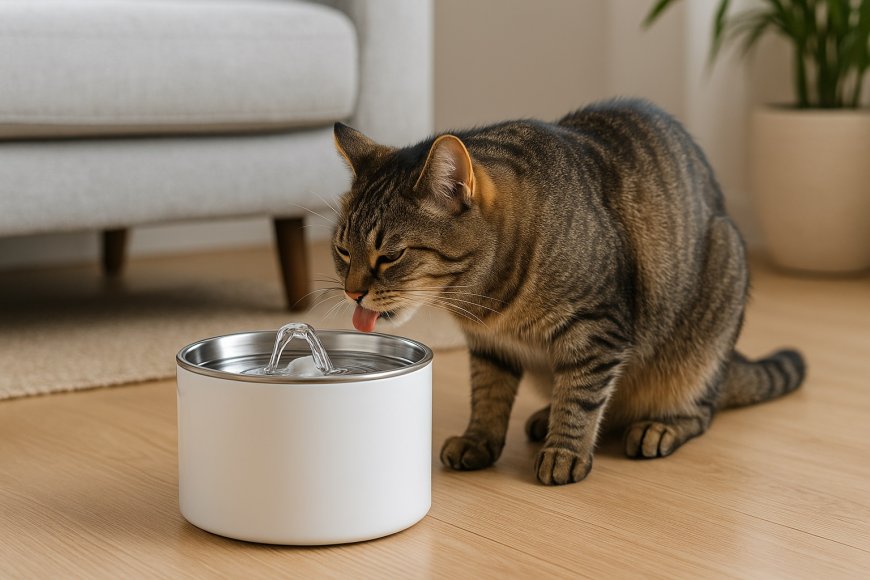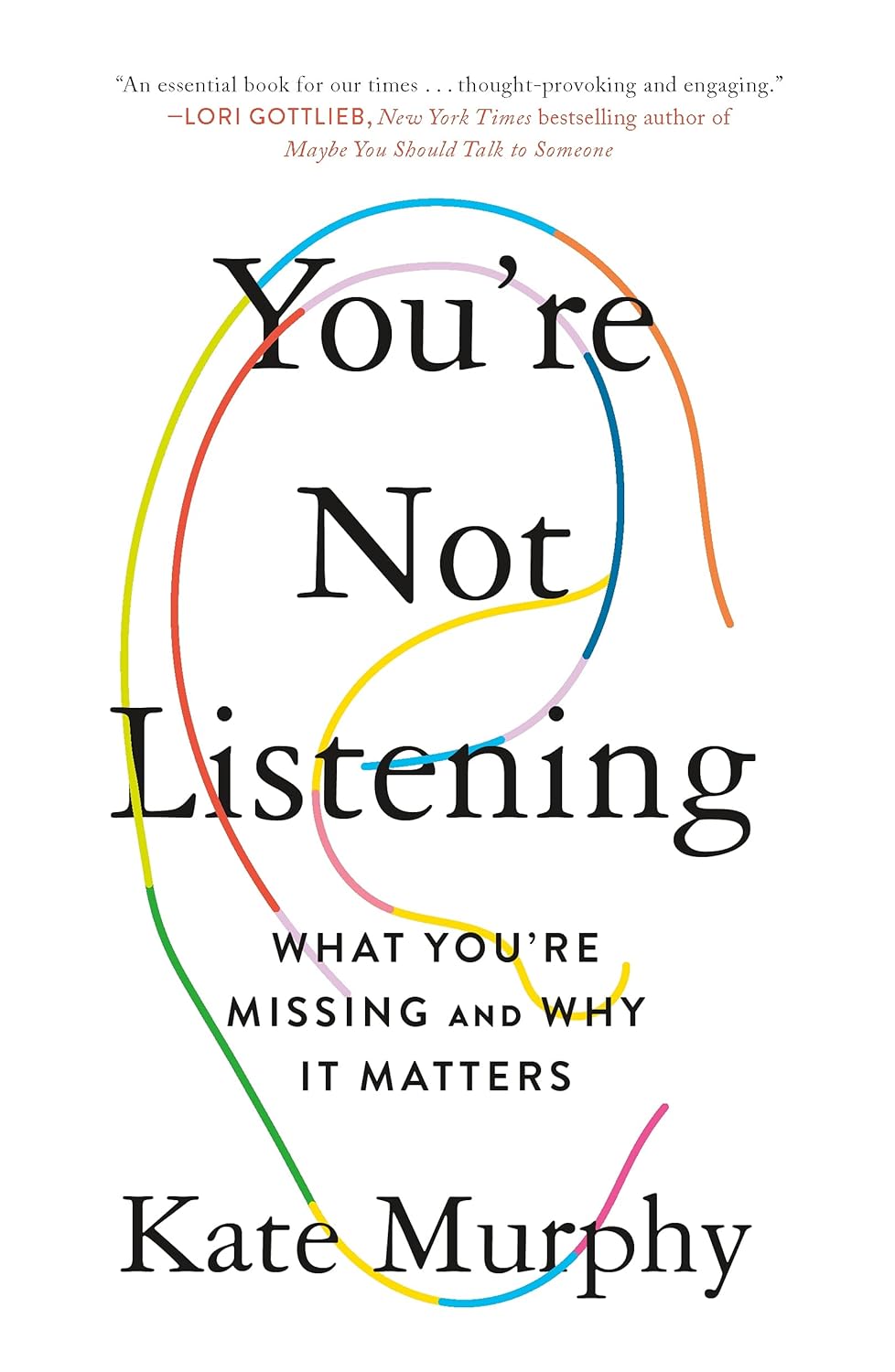Are Automatic Waterers Safe for Your Cat?
Discover if automatic cat waterers are safe, how they work, and tips for choosing the best one to keep your cat healthy, hydrated, and happy.

As a cat owner, ensuring your feline friend stays hydrated is one of the most important aspects of maintaining their health. You may have come across automatic cat waterers in pet stores or online and wondered, “Are automatic waterers safe for my cat?” These devices promise convenience, cleaner water, and better hydration—but are they truly beneficial?
In this article, we’ll explore the pros and cons of automatic cat waterers, the safety considerations to keep in mind, and whether they are the right choice for your cat. We'll also cover how they compare to the best cat feeders on the market and what to look for when choosing one.
What Are Automatic Waterers?
Automatic waterers, also known as pet water fountains or dispensers, are designed to provide cats with a continuous supply of fresh water. They typically fall into two categories:
-
Gravity-fed dispensers – These use gravity to refill a bowl from a reservoir.
-
Electric-powered water fountains – These circulate and filter water, keeping it fresh and oxygenated.
The main goal of these systems is to encourage cats to drink more water, especially since cats are notorious for not drinking enough when served stagnant water in a bowl.
Why Hydration Is So Important for Cats
Cats descended from desert-dwelling ancestors, which means their natural instinct to drink water is not very strong. This trait can lead to dehydration, urinary tract issues, or kidney problems if they don't get enough fluids. Proper hydration helps with:
-
Temperature regulation
-
Joint lubrication
-
Nutrient absorption
-
Kidney and urinary health
That's why many pet parents turn to cat waterers to ensure their felines drink enough water.
Are Automatic Waterers Safe?
The short answer is: Yes, automatic waterers are generally safe for cats, but like any pet product, they come with some important caveats. Let’s break down the key safety factors to consider:
1. Material Safety
Make sure the waterer is made of BPA-free plastic, stainless steel, or ceramic. Low-quality plastics can leach harmful chemicals into the water, especially when exposed to sunlight or heat.
Tip: Stainless steel and ceramic models tend to be more hygienic and easier to clean than plastic ones.
2. Water Filter Quality
Electric water fountains often come with built-in filters. These filters keep debris, fur, and food particles out of the water. However, filters must be changed regularly. A dirty or old filter can grow mold or bacteria, turning the waterer into a health hazard.
Recommendation: Replace filters as per the manufacturer’s instructions—usually every 2–4 weeks.
3. Cleanliness and Maintenance
While automatic cat waterers reduce the frequency of refilling, they do not eliminate the need for cleaning. Biofilm—a slimy layer of bacteria—can build up on the bowl and reservoir if it’s not cleaned weekly.
Best practice: Clean your waterer at least once a week with soap and hot water. For electric models, disassemble the parts and ensure all components are thoroughly dried.
4. Electrical Safety
For electric water fountains, make sure the power cord is chew-proof and waterproof, especially if your cat is curious or mischievous. A fountain with a faulty motor or exposed wire poses a risk.
Pro Tip: Look for models with automatic shut-off when the water runs low.
5. Behavioral Factors
Some cats may be afraid of the sound of a motorized water fountain or be too timid to approach it. This could lead to reduced water intake, which defeats the purpose. Introduce the device gradually, and if your cat shows signs of stress, try a quieter model or opt for a gravity-fed waterer.
Benefits of Using Cat Waterers
Now that we’ve addressed the safety concerns, let’s explore the benefits of these devices.
Encourages Drinking
Cats often prefer running water. The gentle trickle of a fountain can mimic a natural stream, which attracts many felines. Increased hydration can lower the risk of:
-
Urinary tract infections (UTIs)
-
Kidney disease
-
Bladder stones
Reduces Human Error
Have you ever forgotten to refill your cat's bowl? Automatic waterers provide a backup for those hectic days when you’re short on time. Some models can hold water for several days.
Cleaner Water
Filters in electric models can help remove chlorine, dirt, and fur, providing fresher, better-tasting water. Gravity-fed dispensers also reduce exposure to airborne contaminants.
How They Compare to the Best Cat Feeders
If you're already using one of the best cat feeders for your feline, adding an automatic waterer can complete the care package. While cat feeders manage food portions, waterers ensure your cat stays hydrated throughout the day.
Both devices offer automation and convenience—especially useful if you're away from home often. Just remember, unlike food dispensers that release meals at specific times, waterers must constantly maintain water freshness, which means more frequent cleaning.
Choosing the Right Cat Waterer
Here’s a checklist to help you pick a safe and effective model:
-
Material: Stainless steel or ceramic preferred
-
Filter: Easy to replace and high-quality
-
Capacity: At least 50 oz for multi-cat homes
-
Noise level: Quiet motor for sensitive cats
-
Ease of cleaning: Fewer small parts and dishwasher-safe options
Whether you choose a gravity-fed dispenser or a fountain-style unit, always monitor your cat’s behavior to ensure they’re comfortable using it.
Final Thoughts
So, are automatic waterers safe for your cat? Absolutely—when chosen carefully and maintained properly. They can be a great tool for encouraging hydration, supporting kidney health, and making your day-to-day routine more manageable.
However, safety depends on regular cleaning, filter changes, and monitoring your cat’s comfort. Just as the best cat feeders revolutionized mealtime for pets, automatic cat waterers are reshaping how we approach hydration. If you're ready to improve your cat’s water intake and quality of life, an automatic waterer could be a wise investment.
FAQs
1. How often should I clean my cat’s automatic waterer?
At least once a week. Biofilm can build up quickly and become harmful. More frequent cleaning may be needed in warm climates.
2. Do all cats like automatic water fountains?
Not always. Some cats are startled by motor noise or flowing water. Introduce the waterer gradually and observe your cat's reaction.
3. Can I use tap water in automatic cat waterers?
Yes, but filtered or distilled water is better for reducing mineral buildup and prolonging filter life. Always check your local water quality.
4. How do I know if my cat is drinking enough water?
Monitor urine output, energy levels, and coat condition. A healthy cat typically drinks 3.5 to 4.5 ounces of water per 5 pounds of body weight daily.
5. Can automatic waterers be used for multiple cats?
Yes, many models are designed for multi-pet households. Look for a larger capacity (at least 70 oz) and multiple drinking points.


































































![https //g.co/recover for help [1-866-719-1006]](https://newsquo.com/uploads/images/202506/image_430x256_684949454da3e.jpg)
























![How Smart PMs Scale Their Careers in Any Org [TPG Live Recap]](https://tpgblog.com/wp-content/uploads/2025/06/2025-06-12-thumbnail-action.png?#)

















































